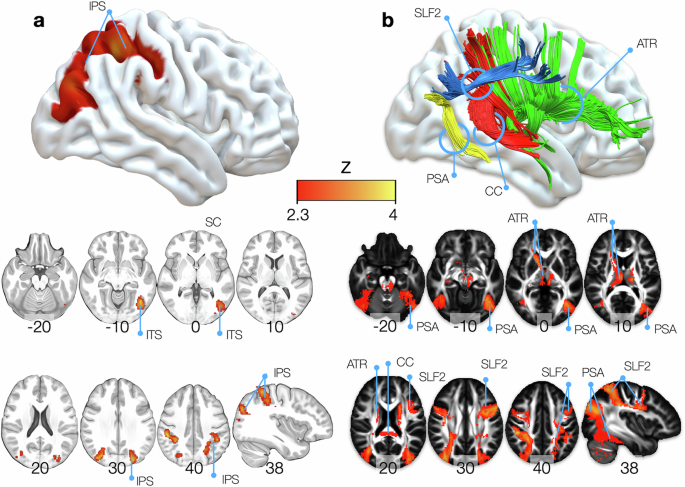Understanding the Neural Basis of Visual Consciousness

Introduction
Consciousness is a fundamental aspect of human cognition, derived from intricate neural interactions in the brain.
Traditional Views vs. New Insights
Historically, research focused on localized networks within the brain. However, our study challenges this perspective by exploring broader neural dynamics using advanced fMRI techniques such as the novel Functionnectome framework.
Key Findings
- Superior Longitudinal Fasciculus: Essential for linking conscious perception to spatial awareness.
- Temporo-Parietal Fibers: Crucial in transmitting visual information to consciousness.
- Corpus Callosum Splenium: A pivotal connection between hemispheres contributing to verbalization of conscious experiences.
Central to these connections is the thalamus, acting as a conductor in synchronizing complex interactions within the brain.
Conclusion
Our findings accentuate the importance of interactive mechanisms over localized activations in understanding visual consciousness. This research opens avenues for deeper comprehension of consciousness and its neural correlates.
This article was prepared using information from open sources in accordance with the principles of Ethical Policy. The editorial team is not responsible for absolute accuracy, as it relies on data from the sources referenced.